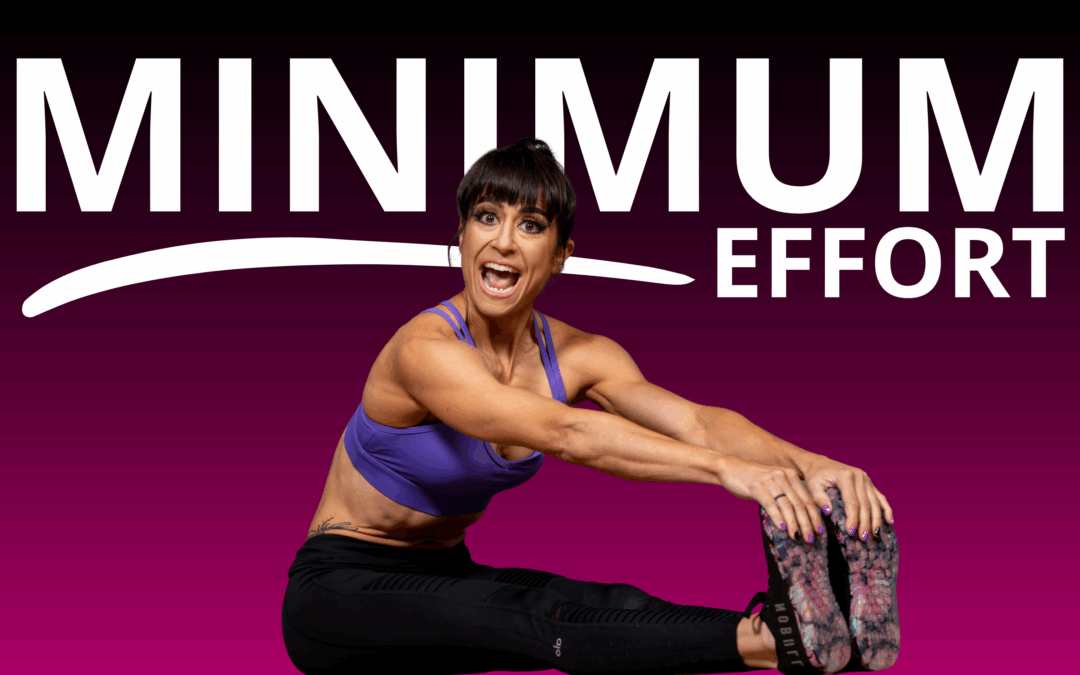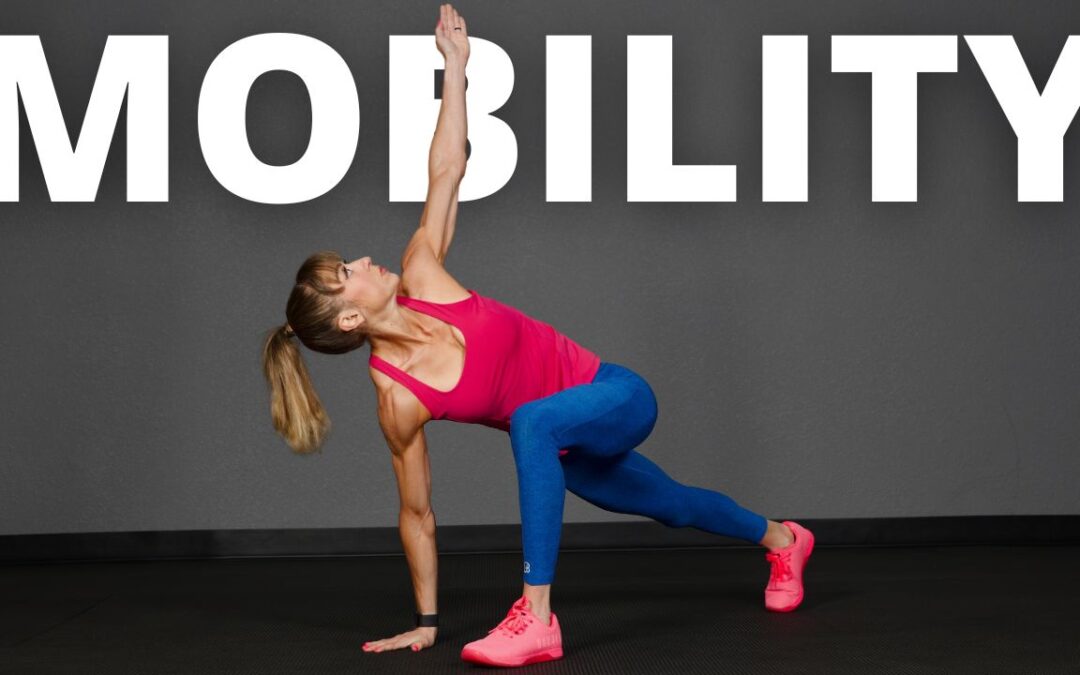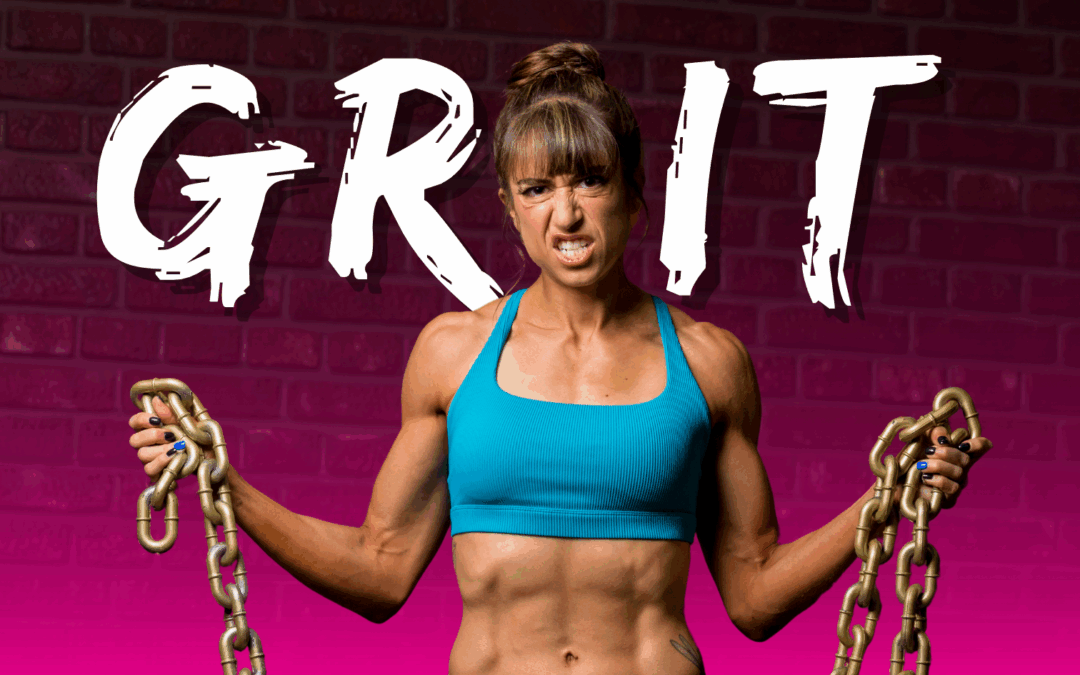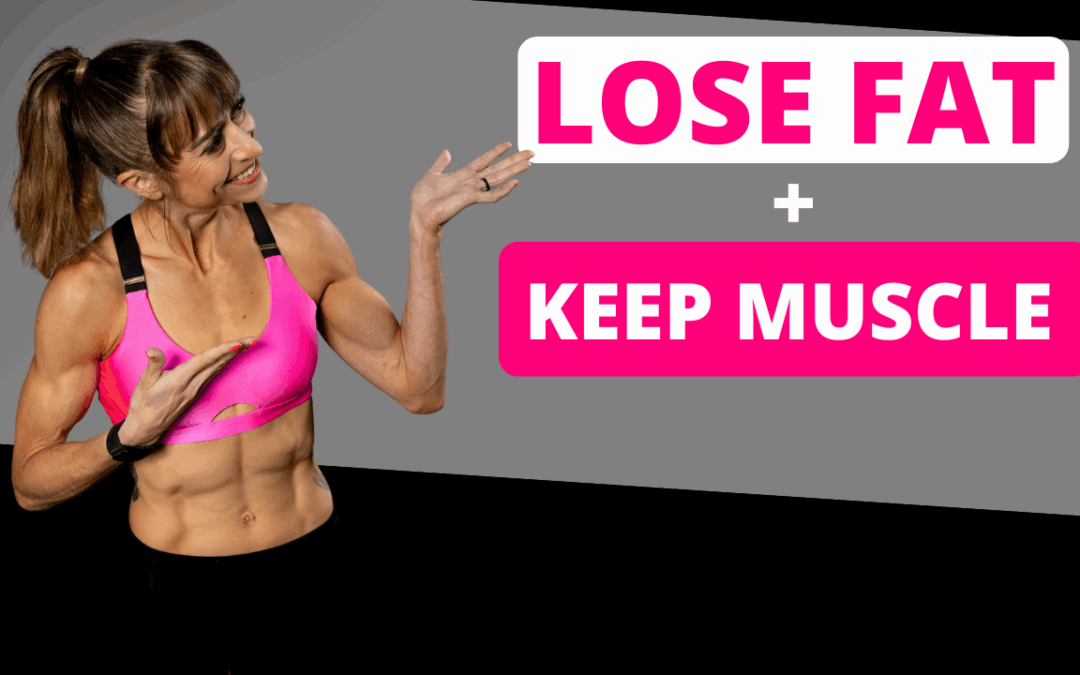
by Cori Lefkowith | Jul 10, 2025 | podcast
Listen: Change Requires CHANGE If you’re feeling stuck and know deep down that you could be doing better, don’t wait any longer. Your life is not going to change until you take action and make a bold move towards your goals. If you’re ready to take control of your...

by Cori Lefkowith | Jul 6, 2025 | Blog, Exercises, Foam Rolling, Functional Fitness, Pain Relief, Stretches, Workouts
Feel like it would take you hours to address ALL of the little aches and pains you have? Like your age is just making you creakier and creakier? This doesn’t have to be the case! I want to share how you can use the 3-step prehab process to address aches and pains up...

by Cori Lefkowith | Jul 3, 2025 | podcast
Listen: Change Requires CHANGE If you’re feeling stuck and know deep down that you could be doing better, don’t wait any longer. Your life is not going to change until you take action and make a bold move towards your goals. If you’re ready to take control of your...

by Cori Lefkowith | Jun 29, 2025 | Blog, Exercises, Workouts
To look your leanest, you want to lose fat while not losing muscle. Heck if you can even gain a bit of muscle in the fat loss process, even better. And while this is hard to do, and diet is 100% key, too often the way we design our workouts actually sabotages our fat...

by Cori Lefkowith | Jun 26, 2025 | podcast
Listen: Change Requires CHANGE If you’re feeling stuck and know deep down that you could be doing better, don’t wait any longer. Your life is not going to change until you take action and make a bold move towards your goals. If you’re ready to take control of your...






